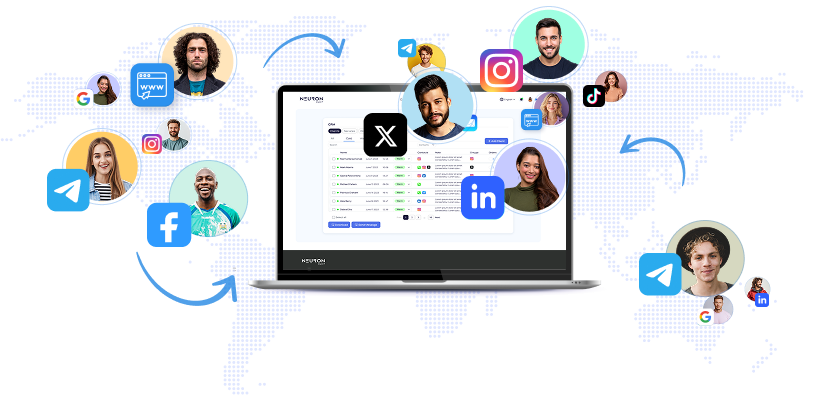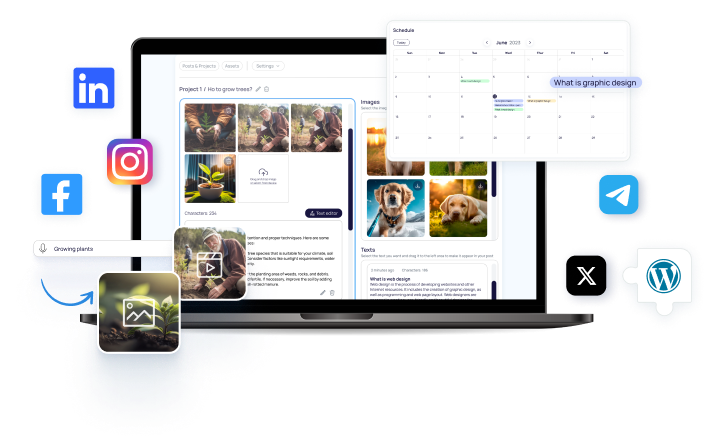The New York Times Signs Multiyear AI Licensing Deal with Amazon to Transform News Media

Brief news summary
The New York Times has entered a multiyear licensing agreement with Amazon, marking its first partnership with an AI company. This deal enables Amazon to incorporate a broad range of The Times’ editorial content—including its cooking app and The Athletic sports platform—into its products and AI-driven applications, excluding Wirecutter content due to Amazon’s prior relationship with that site. The collaboration highlights a growing trend of media organizations partnering with AI firms to monetize content, expand audience reach, and explore new revenue streams, amid ongoing legal challenges over unauthorized AI use and digital rights. Reported by Axios, which is also pursuing AI collaborations, the partnership exemplifies the increasing convergence of media and AI sectors. Experts point to benefits like personalized news delivery, enhanced accessibility, and interactive features, while raising concerns about editorial oversight and ethics. By cautiously embracing AI, The New York Times aims to innovate news distribution, balancing content protection and technological advancement in a fast-evolving AI-driven media landscape.The New York Times has entered into a multiyear licensing agreement with Amazon, marking a major milestone as the newspaper's first deal of this kind with an artificial intelligence company. This partnership allows Amazon access to a wide range of The New York Times’ editorial content, including popular offerings such as its cooking app and the sports news platform, The Athletic. This content will be incorporated into various Amazon-owned products and AI-enhanced experiences, boosting the capabilities of these platforms and delivering enriched content to users. Importantly, the agreement excludes content from Wirecutter, The New York Times’ consumer recommendation site, due to an existing relationship between Amazon and Wirecutter—a strategic consideration in content licensing. This move reflects a broader trend in the media industry, where news organizations are actively pursuing collaborations with AI companies to monetize content in innovative ways. Such partnerships aim to leverage AI technology to reach larger audiences and create additional revenue streams. Simultaneously, media firms continue to initiate legal actions against other parties for unauthorized use of their content, highlighting the complex and often contentious nature of content rights in the digital era. The balance between cooperation and litigation reveals the challenges media companies face in protecting their intellectual property while adapting to emerging technologies. The news was reported by Axios, which also disclosed its own licensing and technology agreement with OpenAI, illustrating the intricate and rapidly evolving ecosystem of media and AI interactions.
These collaborations underscore the growing recognition of AI’s role in shaping the future of news distribution and consumption. Experts note that agreements like these could lead to more personalized and interactive news experiences by harnessing AI to offer tailored content recommendations, improve accessibility, and boost user engagement. However, such developments raise concerns about editorial control, content integrity, and the ethical considerations surrounding AI-driven news dissemination. With its established reputation for journalistic excellence, The New York Times seems intent on positioning itself at the forefront of this transformation by embracing AI partnerships in a thoughtful and strategic manner. The collaboration with Amazon might become a model for other media organizations navigating the intersection of content creation, distribution, and emerging technologies. As AI technology continues to progress, the media landscape is expected to experience profound changes, with licensed content powering new applications and services. This evolution emphasizes the need for clear agreements and frameworks that protect original content creators while fostering innovation. In summary, The New York Times’ multiyear AI licensing agreement with Amazon represents a pivotal development in the convergence of traditional media and cutting-edge technology. It highlights both opportunities and challenges as news organizations adapt to the evolving digital environment, seek sustainable business models, and endeavor to uphold editorial standards in an AI-driven world.
Watch video about
The New York Times Signs Multiyear AI Licensing Deal with Amazon to Transform News Media
Try our premium solution and start getting clients — at no cost to you

I'm your Content Creator.
Let’s make a post or video and publish it on any social media — ready?
Hot news

AI Video Content Moderation Tools Combat Online H…
Social media platforms are increasingly employing artificial intelligence (AI) to improve their moderation of video content, addressing the surge of videos as a dominant form of online communication.

US revisits its export curbs on AI chips
POLICY REVERSAL: After years of tightening restrictions, the decision to permit sales of Nvidia’s H200 chips to China has sparked objections from some Republicans.

AI was behind over 50,000 layoffs in 2025 — here …
Layoffs driven by artificial intelligence have marked the 2025 job market, with major companies announcing thousands of job cuts attributed to AI advancements.

Perplexity SEO Services Launched – NEWMEDIA.COM L…
RankOS™ Enhances Brand Visibility and Citation on Perplexity AI and Other Answer-Engine Search Platforms Perplexity SEO Agency Services New York, NY, Dec

Eric Schmidt's family office invests in 22 AI sta…
An original version of this article appeared in CNBC's Inside Wealth newsletter, written by Robert Frank, which serves as a weekly resource for high-net-worth investors and consumers.

Future of Marketing Briefing: Why 'just good enou…
Headlines have focused on Disney’s billion-dollar investment in OpenAI and speculated why Disney chose OpenAI over Google, which it is suing over alleged copyright infringement.

Salesforce Data Reveals AI and Agents Drive Recor…
Salesforce has released a detailed report on the 2025 Cyber Week shopping event, analyzing data from over 1.5 billion global shoppers.
AI Company
Launch your AI-powered team to automate Marketing, Sales & Growth

and get clients on autopilot — from social media and search engines. No ads needed
Begin getting your first leads today








